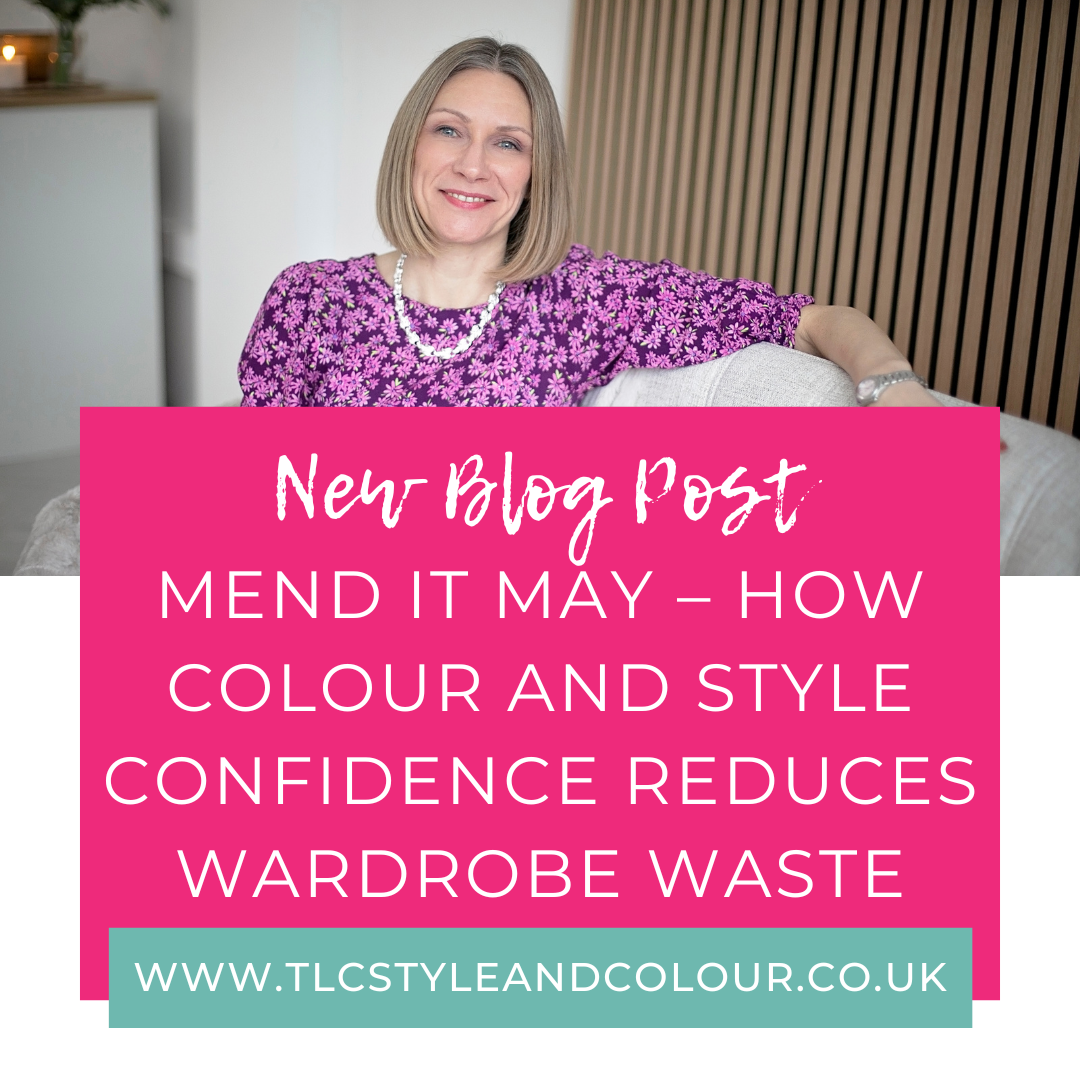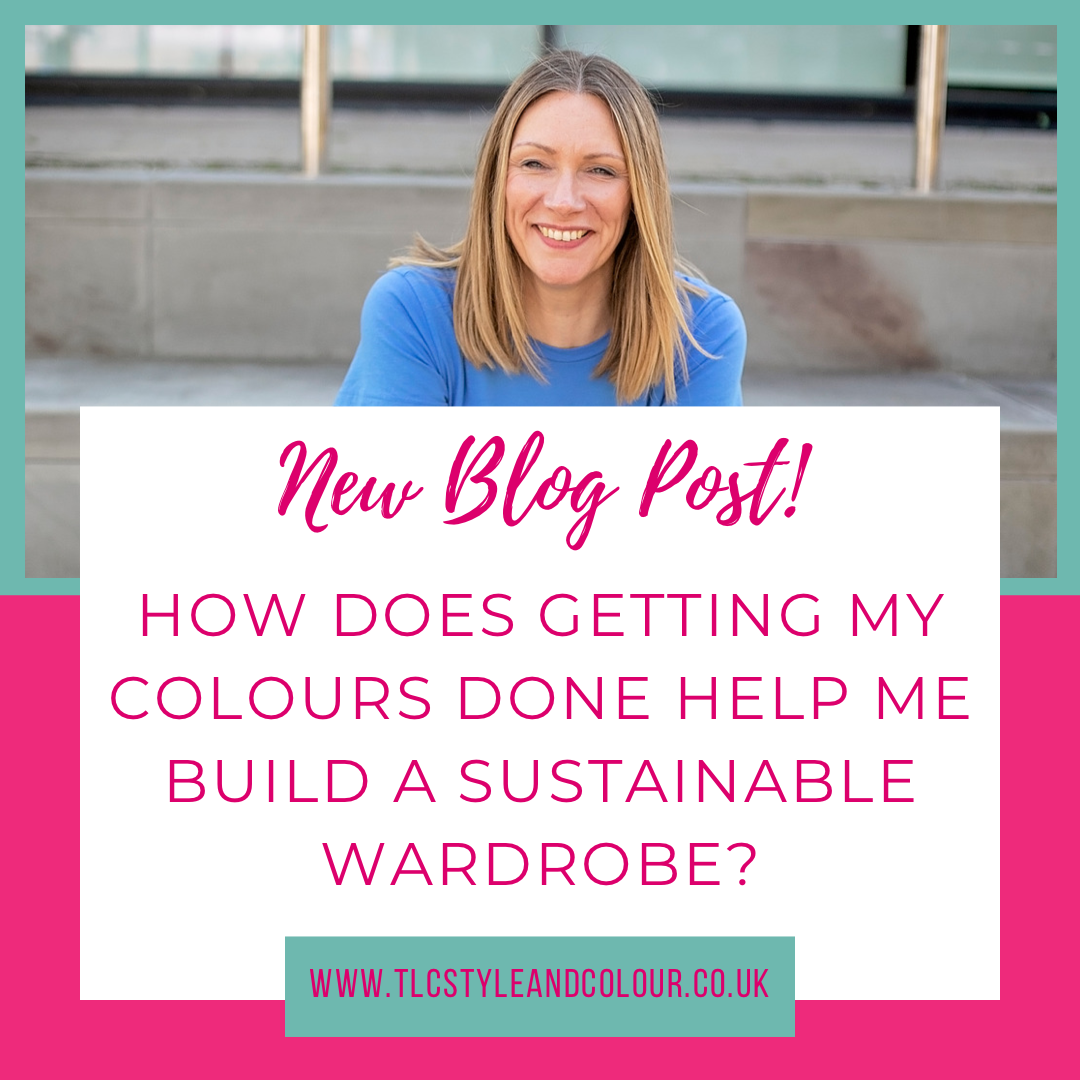You might have seen ‘Mend It May’ pop up on your social media feed (search: #MendItMay). It’s a brilliant initiative encouraging everyone to repair, rewear, and rethink what’s in their wardrobes rather than constantly buying new. Making sustainable choices isn’t just about recycling or buying eco-fabrics, it’s also about making more mindful choices with the clothes we already own.
It’s easy to be tempted by sales, trends, and cheap clothes. So, rather than buying something new this month, how about repairing something you’ve already got?
The campaign encourages people to extend the life of their clothes by mending them and you’re encouraged to share your projects on social media to inspire others to reconsider what they do with their clothes, before they dispose of them.
Rethinking what you own
This month is the perfect opportunity to slow down and take a fresh look at your wardrobe. There might be items you can tweak, re-style, or bring back to life.
A lack of sewing machine and experience needn’t hold you back! Repairs can be by hand and they don’t have to be perfect – just good enough for you to be able to rewear them!
Pro Tip: Pull out all the items which need repairing. Those where the button has fallen off, or the hem has fallen down. Get out those with a little hole in the neckline or sleeve. It’s often these items which are the quickest to bring back to life. They’re probably things you’ve been putting on, only to have to take them off again because of the need to repair! Mending these items will be quicker than what you think and you’ll have something ‘new’ to wear too!
I was never taught how to sew – sure I could manage using a needle and thread, but it was only last year I enrolled in an Adult Education course to learn how to sew using a sewing machine! Is there a course you can enrol in? Or a class you can go to? Now’s the time to have a look and get on board with the campaign!
Equally why not dye things in the ‘wrong’ colour? If you’ve got items which you know don’t flatter you, but you still like them, and find you’re not wearing them anymore, check the label for the material. Dylon dye pods make it easy to dye in the washing machine for anything with natural fibres (or a mix of less than 50% polyester). For anything synthetic based, try Rit.
If you’ve got lots of items requiring a repair, and you feel it’s beyond you, search for places you can take them to for repairing.
You can see how I’ve changed a dress into a top in this blog post.
And, I’ve dyed clothes before and found I wear them more often as a result! Revisit my experience in this blog here.
Wearing what you own
If you’ve got wardrobes full of clothes but still feel like you’ve got nothing to wear, it’s worth figuring out what’s not working for you.
Pro tip: Shop your wardrobe and try things on to see what you have, what fits and what doesn’t work. I find lots of people hold on to garments out of guilt. And, that doesn’t help in the long term.
If you’ve got things which don’t suit your colouring – can you change the colour? Can you wear it differently? Is it worn away from your face (making it more forgiving)? Can you alter the style? Or, it is time to thank it and let it go?
Is the fit not quite right? If it’s something you’ll wear again in the future, consider storing it temporarily. Can you alter it, so it does fit? Taking up the hem, shortening the sleeves, changing the buttons are all relatively simply things to do. Anything major, can be taken to a seamstress if you don’t have the skills yourself.
Does it just not feel like you anymore? That’s OK – our styles change and develop as life happens. If you can’t change it, or you’re unlikely to want to wear it again, let it go.
Should you have things that don’t go, or you’ve identified a gap in your wardrobe, now is the time to search for that missing piece! Check the pre-loved sites and charity shops, or swap events first.
Making mindful choices
‘Mend It May’ is a great reminder that we don’t always need more. Sometimes, we just need to make the most of what we have.
When you understand your colouring, your style personality and the shapes that flatter you, you’ll start to see your wardrobe in a whole new way! You might even rediscover pieces you forgot about or find new ways to style them. And when you do shop, you’ll do so with intention and the right knowledge.
There’s no perfect wardrobe
There’s no ‘perfect’ wardrobe – it’s about having the right wardrobe that works for you. It will reflect your lifestyle, and make you look and feel good. Spend some time getting to know these factors and your wardrobe which start to work better for you.
Understand what suits you
Not knowing what actually suits you often means you keep buying things in the hope that you find something that works. This can be both costly and time-consuming.
Whilst mending and repairing your clothes is great for your purse and the planet, if what you have doesn’t feel right on you, that’s where colour and style confidence comes in.
My consultations will help you to make better decisions by understanding what suits you and why. This way, you’ll reduce the mistake-buys you make by understanding what suits you – from the colour, style, cut and fabric of the clothes you wear.
Sustainable Fashion week Campaign
Find more information about the campaign on the Sustainable Fashion Week website here: https://www.sustainablefashionweek.uk/sfw-campaigns including details on some competitions they’re running on social media if you wish to take part.


